Learn about key facts related to wind turbines used in distributed applications.
Wind Energy Technologies Office
August 21, 2024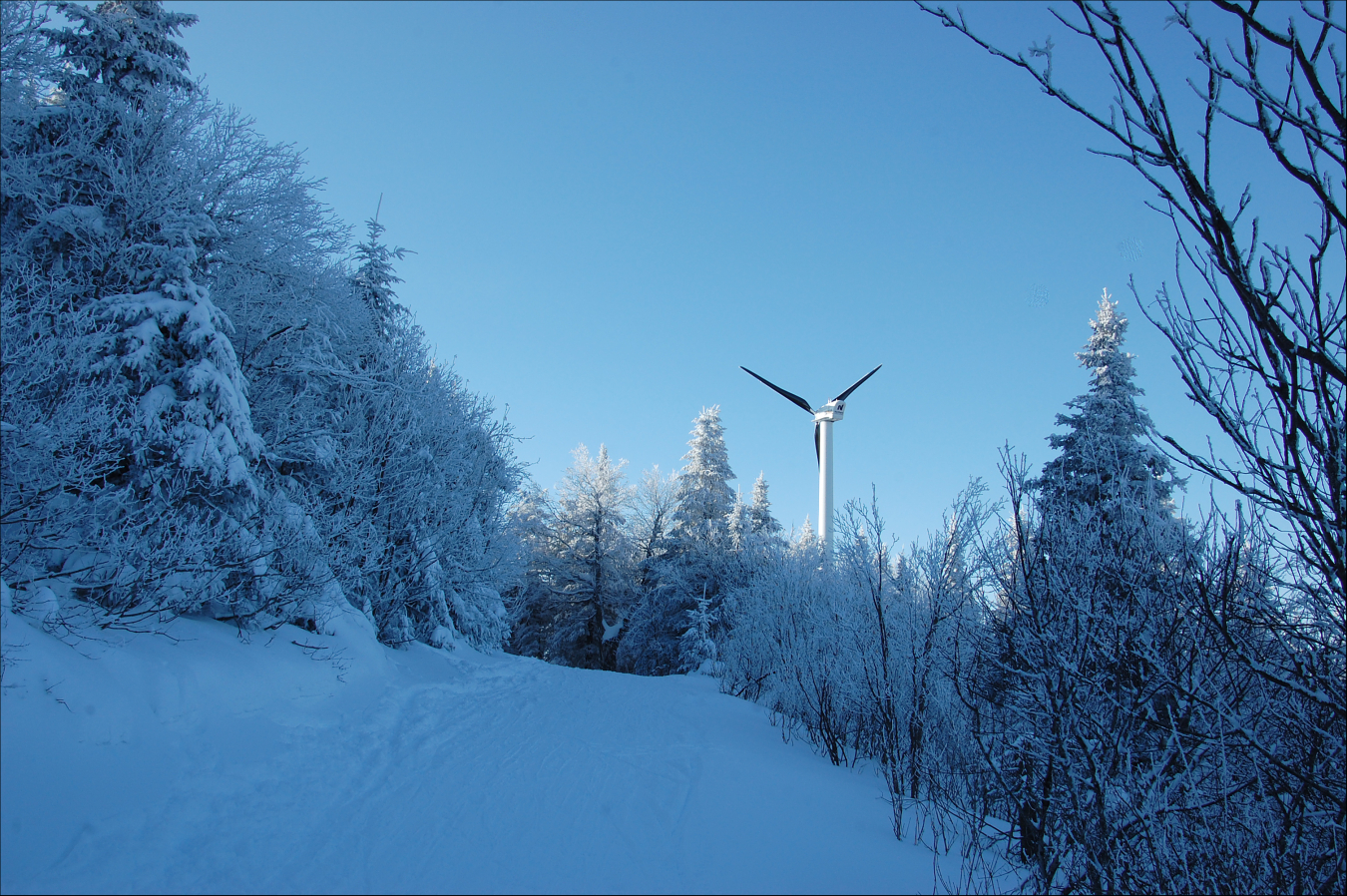
Small-Scale Distributed Wind: Northern Power Systems’ 100-kW turbine at the top of Burke Mountain in East Burke, Vermont.
Brush up on your distributed wind knowledge! The following are some key points and fun facts about the U.S. distributed wind market. This article is part of the Energy.gov series highlighting the “Top Things You Didn’t Know About Energy.”
10. Distributed wind power is used at or near where it is generated, as opposed to wind power from wholesale generation, where power is sent to consumers via transmission lines and substations. Employed by households, schools, farms, industrial facilities, and distributed energy providers, distributed wind doesn’t only refer to small-scale turbines; it includes any size turbine or array of turbines that generates power for local or on-site use.
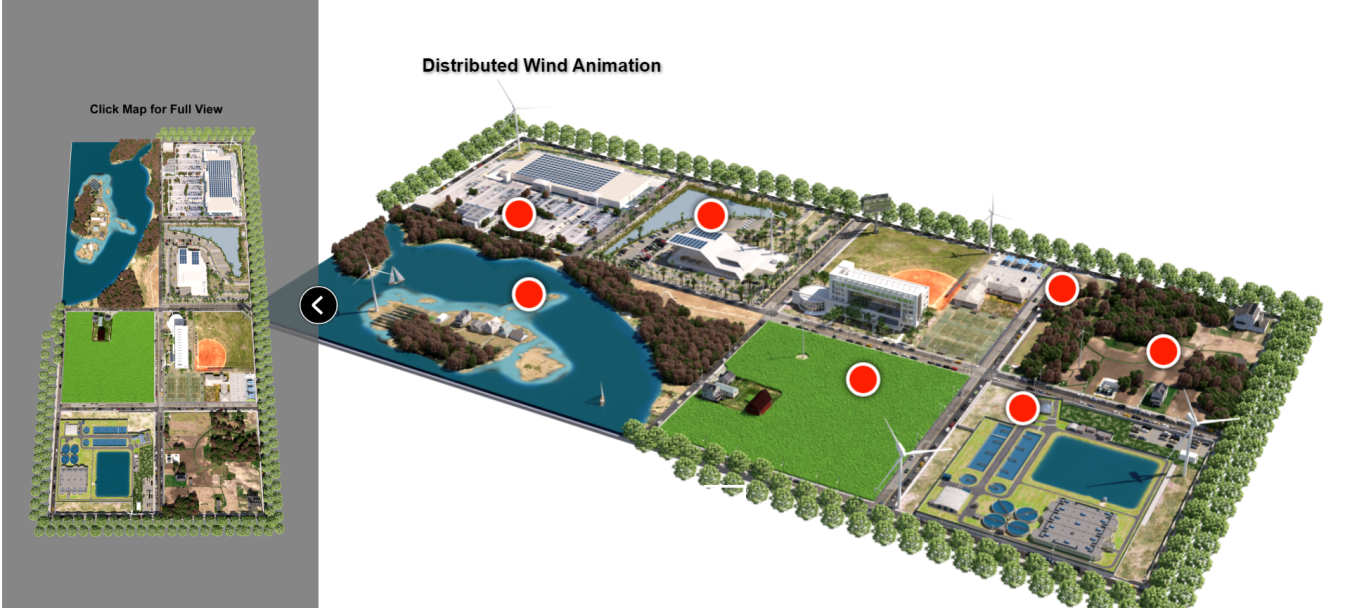
Explore the full, interactive, 3D animation on distributed wind energy case uses or read the text version.
9. People have used wind energy for more than 2,000 years to pump water and grind grain. In the 19th century, wind-powered water pumps made life possible in arid regions of the United States and Australia by tapping and bringing water to the surface from deep aquifers.
8. Between 1850 and 1970, more than six million small wind turbines were installed in the U.S. alone, primarily for water pumping. Read more about the history of wind energy.
7. You can find wind turbines used in distributed applications all across the United States, with 92,000 wind turbines across all 50 states, the District of Columbia, Puerto Rico, the Northern Mariana Islands, the U.S. Virgin Islands, and Guam. From 2003 to 2023, US-distributed wind turbines reached a cumulative installed capacity of over 1,000 megawatts.
6. There are many different types of distributed wind consumers, including agricultural, residential, industrial, commercial, governmental, institutional, and utility. Different turbines are used to meet the specific needs of each consumer.
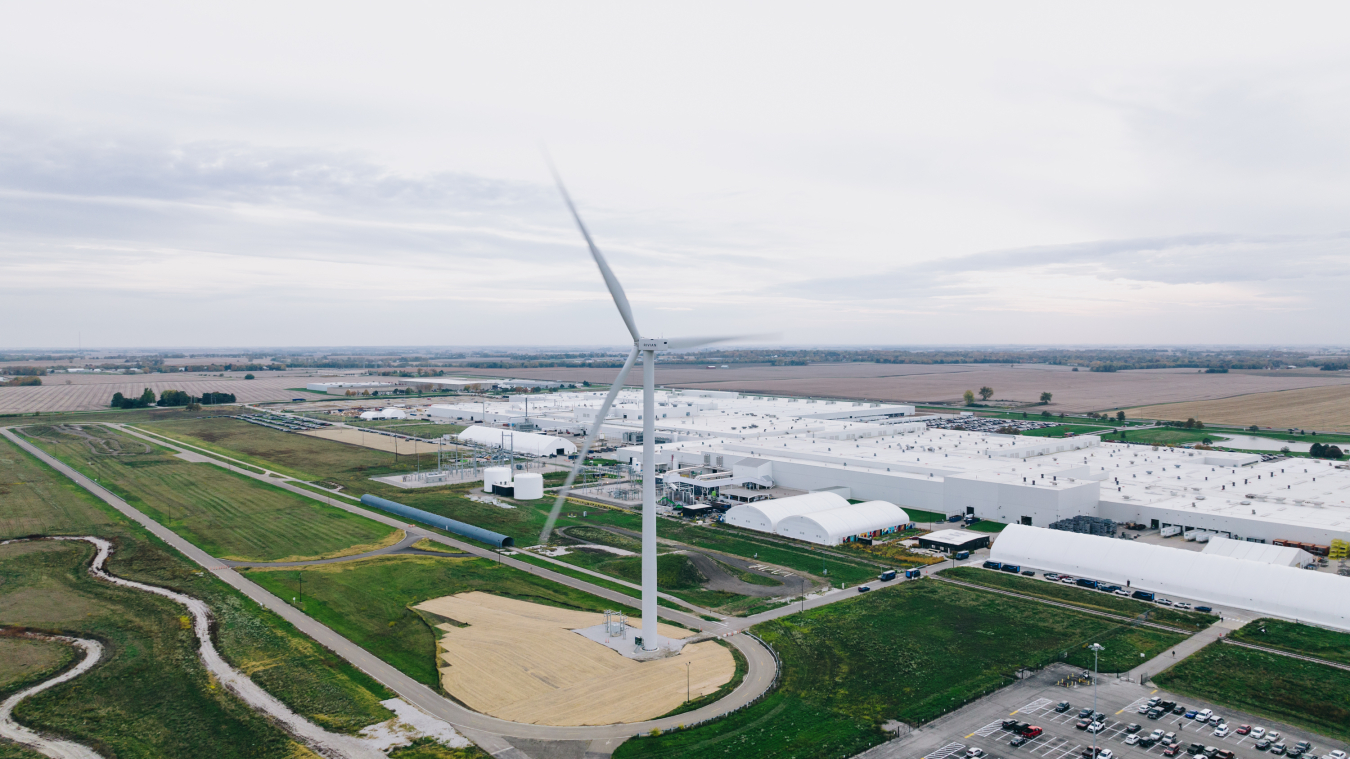
Rivian Electric’s multimegawatt turbine providing power at their plant located in Normal, Illinois.
5. Some distributed wind projects use multimegawatt turbines to power manufacturing facilities and other industrial plants, like Rivian Automotive, which installed a distributed wind turbine at the test track of their manufacturing plant in Normal, Illinois. The 2.8 MW turbine can provide 10 million kWh annually and can charge 150,000 vehicles a year, enabling over 20 million miles of wind-powered driving.
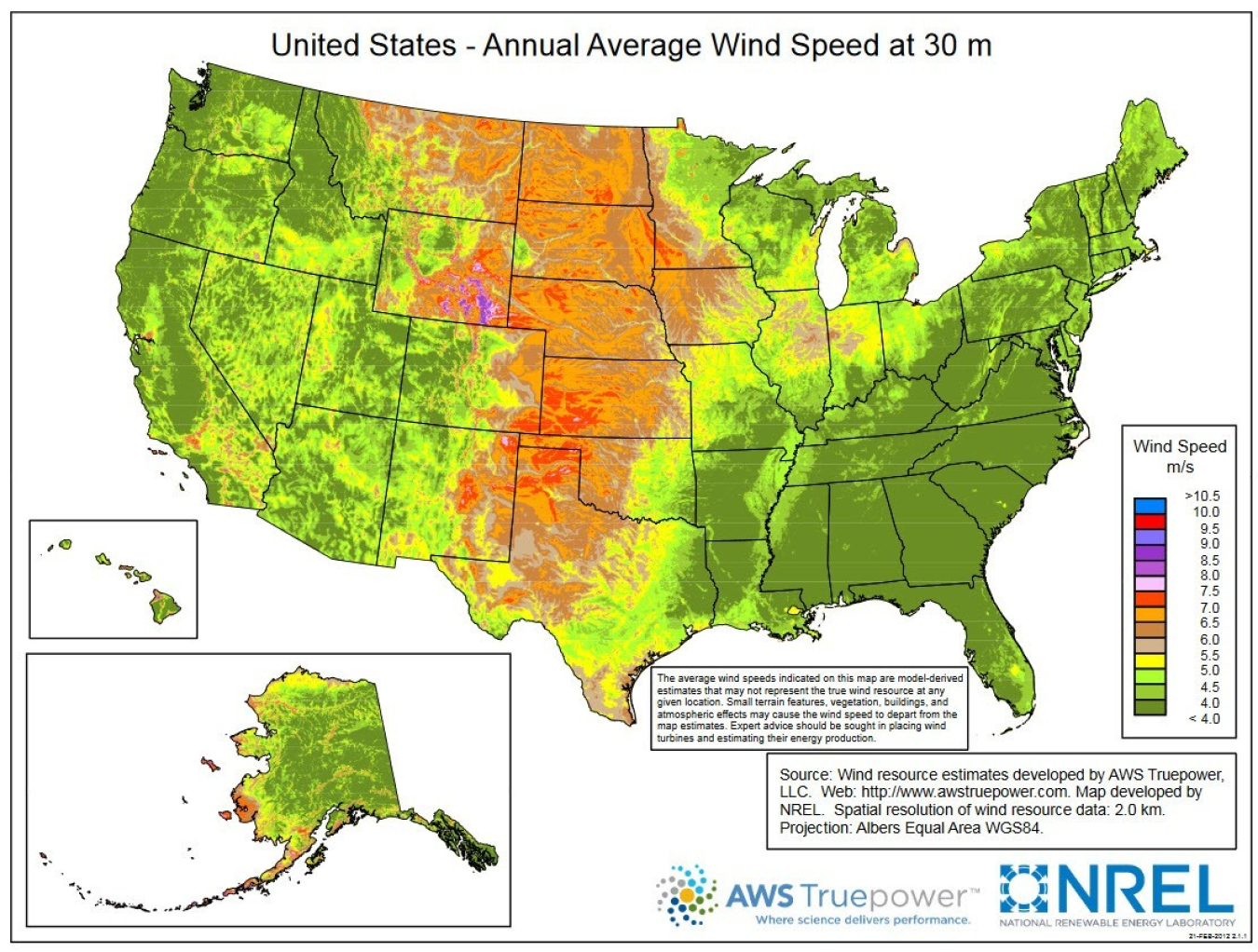
This map shows the predicted mean annual wind speeds at a 30-m height, presented at a spatial resolution of 2 kilometers that is interpolated to a finer scale.
4. Faster wind speeds mean more electricity. Wind speeds at 30 meters above the ground—an average height for distributed wind installations—can be found across the country. Check out this residential-scale wind resource map to see how strong the winds are in your area.
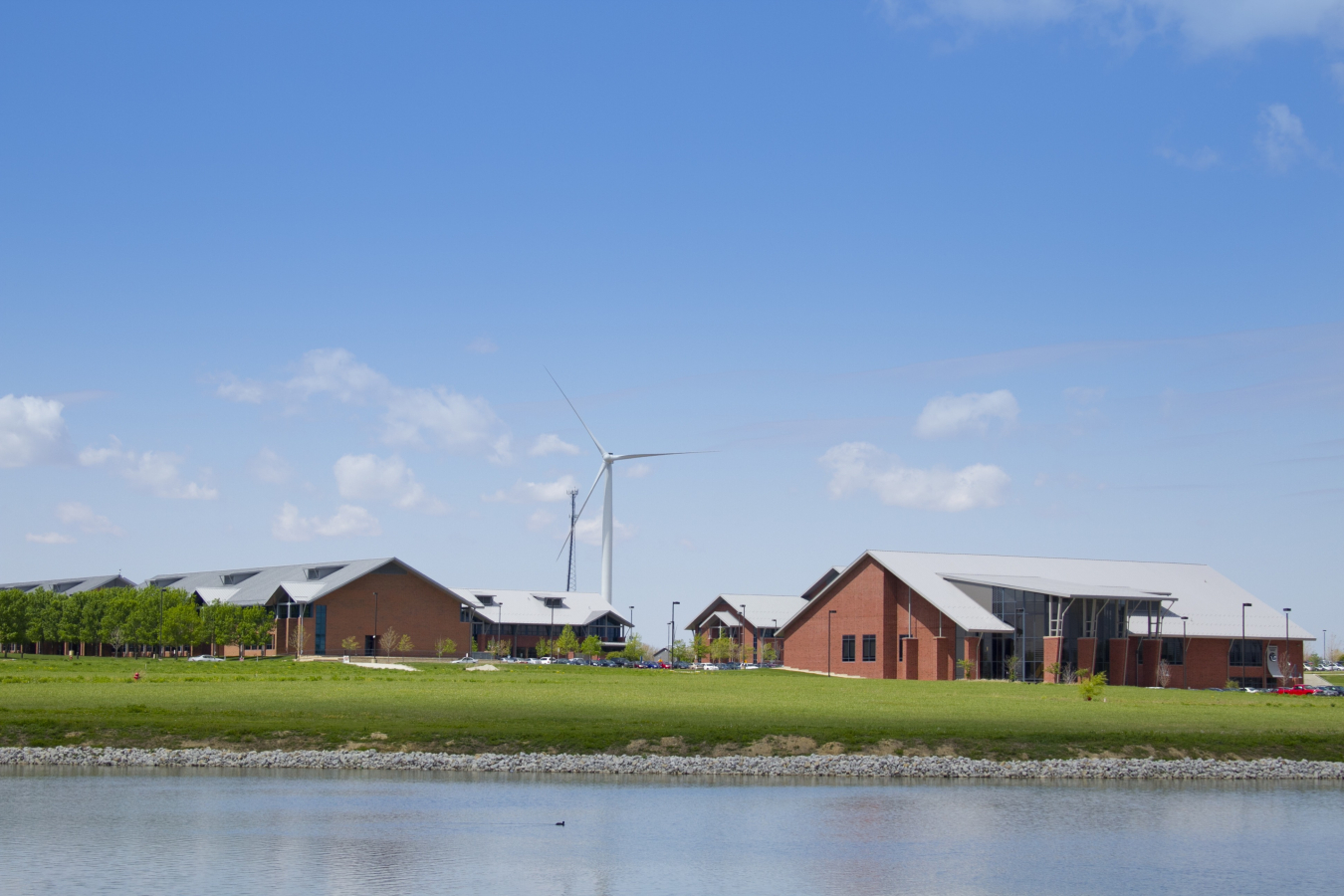
Utility-Scale Distributed Wind: A 1.65-MW Vestas wind turbine at Heartland Community College in Normal, Illinois.
3. Reducing utility bills and hedging against potentially rising electricity rates are common reasons for installing distributed wind. In addition, many utilities compensate the distributed wind (or other generation) owner for excess energy generated that gets returned to the grid—a practice called “net metering.”
2. As the distributed-wind marketplace matures, third parties are providing certification of small and medium wind turbines to ensure turbines perform as advertised. The Bergey Excel 15 wind turbine achieved certification in 2021 and the Skystream 3.7 turbine was re-certified in 2023, bringing the total number of U.S. certified small wind turbine models in May 2024 to seven. The U.S. Department of Energy (DOE) encourages consumers who are interested in purchasing small wind turbines to buy ones that are certified to the AWEA 9.1-2009 or ANSI/ACP 101-1 standard. It should be noted that wind technologies must be installed in specific wind resources to operate as intended.
1. U.S. supply chain vendors provide the mechanical, electrical, tower, and blade components for small wind turbines. U.S.-based small wind turbine manufacturers and vendors can support a variety of jobs, including manufacturing, retail, construction, and maintenance.
Learn More
- Check out the Distributed Wind Market Report to learn about the distributed wind industry.
- Explore more wind facts in our Top 10 Things You Didn't Know About Wind.
- Visit energy.gov/windreport to learn about changes to the wind industry.
Liz Hartman

Liz Hartman is the Communications Lead for DOE’s Wind Energy Technologies Office, and formerly (2009–2016) the Communications Lead for EERE’s combined Wind and Water Power Technologies Office.
Liz is a graduate of Cornell University with a B.S. in Natural Resources and an M.P.A. in Environmental Policy.
Articles by Liz Hartman
-
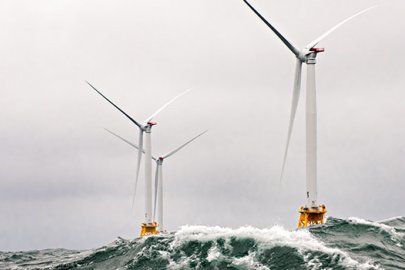 Learn more about efforts to develop America's vast offshore wind resources.
Learn more about efforts to develop America's vast offshore wind resources. -
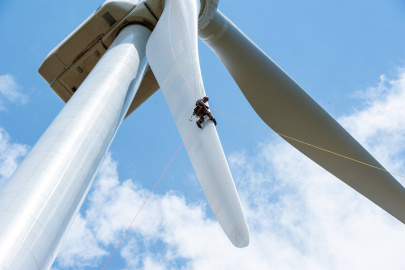 Brush up on your knowledge of wind! Get the details on a few of the lesser-known wind energy facts.
Brush up on your knowledge of wind! Get the details on a few of the lesser-known wind energy facts. -
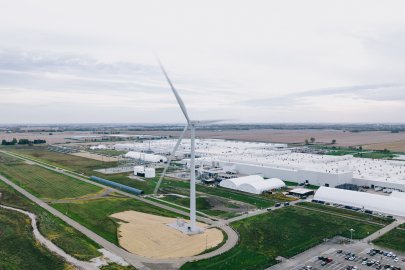 Learn about key facts related to wind turbines used in distributed applications.
Learn about key facts related to wind turbines used in distributed applications. -
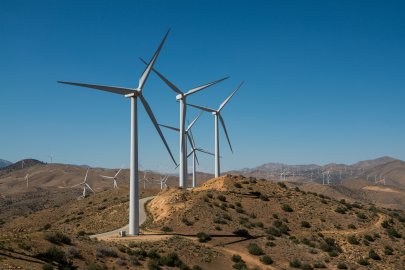 Wind power capacity in the United States continued to experience strong growth in 2017.
Wind power capacity in the United States continued to experience strong growth in 2017. -
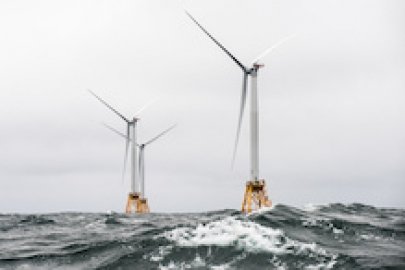 Offshore wind turbines on the Atlantic coast (as well as the Gulf Mexico) have several challenges to contend with—including hurricanes.
Offshore wind turbines on the Atlantic coast (as well as the Gulf Mexico) have several challenges to contend with—including hurricanes. -
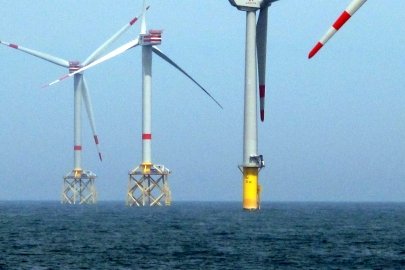 This blog is part of a series that explores offshore wind technical challenges that are different in the U.S. than in other countries.
This blog is part of a series that explores offshore wind technical challenges that are different in the U.S. than in other countries. -
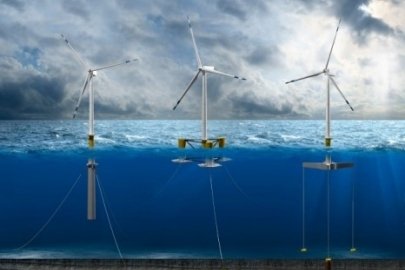 This blog is part of a series that explores offshore wind technical challenges that are different in the United States than in other countries.
This blog is part of a series that explores offshore wind technical challenges that are different in the United States than in other countries. -
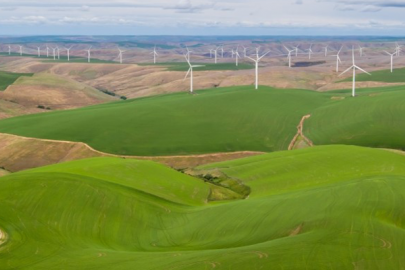 New breakthroughs could cut the cost of wind energy in half by 2030—making it fully competitive with the fuel cost of natural gas.
New breakthroughs could cut the cost of wind energy in half by 2030—making it fully competitive with the fuel cost of natural gas. -
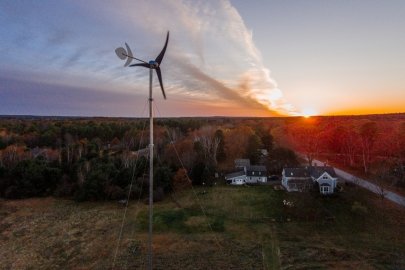 From utility-scale wind farms to the nation’s first offshore wind project, the U.S. wind industry continued to grow in 2016.
From utility-scale wind farms to the nation’s first offshore wind project, the U.S. wind industry continued to grow in 2016. -
Test your energy knowledge by checking out these surprising facts about hydropower.
-
A new report evaluating the potential for offshore wind energy development across U.S. coasts found that even if only 1% of the technical resource potential is recovered, nearly 6.5 million homes could be powered by offshore wind energy.


